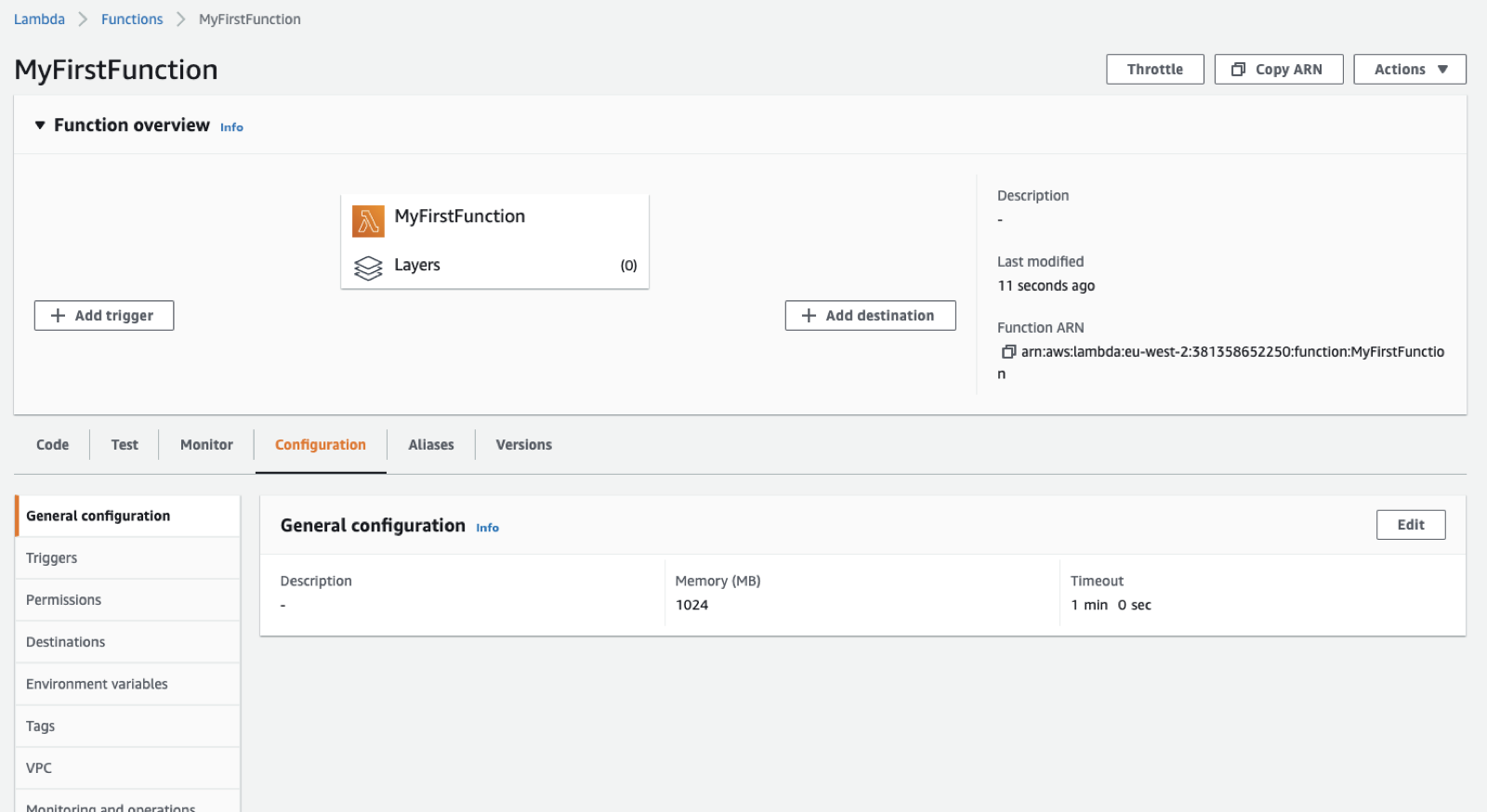| FLOW_CRN |
The Cloudera Resource Name (CRN) for
the data flow that is to be run.
The data flow must be stored in the Cloudera Data Flow Catalog. This CRN should indicate the
specific version of the data flow and as such will end with a suffix like
/v.1.
For more information, see Retrieving data flow CRN.
|
true |
-- |
| DF_PRIVATE_KEY |
The Private Key for accessing the Cloudera Data Flow service.
The Private Key and Access Key are used to authenticate with the Cloudera Data Flow Service and they must provide the necessary
authorizations to access the specified data flow.
For more information, see Provisioning Access Key ID and Private
Key.
|
true |
-- |
| DF_ACCESS_KEY |
The Access Key for accessing the Cloudera Data Flow
service.
The Private Key and Access Key are used to authenticate with the Cloudera Data Flow Service and they must provide the necessary
authorizations to access the specified data flow.
For more information, see Provisioning Access Key ID and Private
Key.
|
true |
-- |
| INPUT_PORT |
The name of the Input Port to use.
If the specified data flow has more than one Input Port at the root group
level, this environment variable must be specified, indicating the name of the
Input Port to queue up the AWS Lambda notification. If there is only one Input
Port, this variable is not required. If it is specified, it must properly
match the name of the Input Port.
|
false |
-- |
| OUTPUT_PORT |
The name of the Output Port to retrieve the results from.
If no Output Port exists, the variable does not need to be
specified and no data will be returned. If at least one Output Port exists in
the data flow, this variable can be used to determine the name of the Output
Port whose data will be sent along as the output of the function.
For more information on how the appropriate Output Port is determined, see
Output ports.
|
false |
-- |
| FAILURE_PORTS |
A comma-separated list of Output Ports that exist at the root group
level of the data flow. If any FlowFile is sent to one of these Output Ports,
the function invocation is considered a failure.
For more information, see Output ports.
|
false |
-- |
| DEFAULT_PARAM_CONTEXT |
If the data flow uses a Parameter Context, the Lambda function will look for
a Secret in the AWS Secrets Manager with the same name. If no Secret can be
found with that name, this variable specifies the name of the Secret to
default to.
For more information, see Parameters.
|
false |
-- |
| PARAM_CONTEXT_* |
If the data flow makes use of Parameter Contexts, this environment
variable provides a mechanism for mapping a Parameter Context to one or more
alternate Secrets in the AWS Secrets Manager, in a comma-separated list.
For more information, see Parameters.
|
false |
-- |
| CONTENT_REPO |
The contents of the FlowFiles can be stored either in memory, on
the JVM heap, or on disk. If this environment variable is set, it specifies
the path to a directory where the content should be stored. If it is not
specified, the content is held in memory.
For more information, see File system for content
repository.
|
false |
-- |
| EXTENSIONS_* |
The directory to look for custom extensions / NiFi Archives
(NARs).
For more information, see Providing custom extensions /
NARs.
|
false |
-- |
| DF_SERVICE_URL |
The Base URL for the Cloudera Data Flow Service.
|
false |
https://api.us-west-1.cdp.cloudera.com/ |
| NEXUS_URL |
The Base URL for a Nexus Repository for downloading any NiFi Archives (NARs)
needed for running the data flow.
|
false |
https://repository.cloudera.com/artifactory/cloudera-repos/ |
| STORAGE_BUCKET |
An S3 bucket in which to look for custom extensions / NiFi Archives
(NARs) and resources.
For more information, see S3 Bucket storage.
|
false |
-- |
| STORAGE_EXTENSIONS_DIRECTORY |
The directory in the S3 bucket to look for custom extensions / NiFi
Archives (NARs).
For more information, see S3 Bucket storage.
|
false |
extensions |
| STORAGE_RESOURCES_DIRECTORY |
The directory in the S3 bucket to look for custom resources.
For more information, see Providing additional resources.
|
false |
resources |
| WORKING_DIR |
The working directory, where NAR files will be expanded.
|
false |
/tmp/working |
| EXTENSIONS_DOWNLOAD_DIR |
The directory to which missing extensions / NiFi Archives (NARs)
will be downloaded.
For more information, see Providing custom extensions /
NARs.
|
false |
/tmp/extensions |
| EXTENSIONS_DIR_* |
It specifies read-only directories that may contain custom
extensions / NiFi Archives (NARs).
For more information, see Providing custom extensions /
NARs.
|
false |
-- |
| DISABLE_STATE_PROVIDER |
If true, it disables the DynamoDB data flow state provider, even if the data
flow has stateful processors.
|
false |
-- |
| DYNAMODB_STATE_TABLE |
The DynamoDB table name where the state will be stored
|
false |
nifi_state |
| DYNAMODB_BILLING_MODE |
It sets the DynamoDB Billing Mode (PROVISIONED or
PAY_PER_REQUEST).
|
false |
PAY_PER_REQUEST |
| DYNAMODB_WRITE_CAPACITY_UNITS |
It sets the DynamoDB Write Capacity Units, when using
PROVISIONED Billing Mode.
|
true if using PROVISIONED Billing Mode |
-- |
| DYNAMODB_READ_CAPACITY_UNITS |
It sets the DynamoDB Read Capacity Units, when using
PROVISIONED Billing Mode.
|
true if using PROVISIONED Billing Mode |
-- |
| KRB5_FILE |
It specifies the filename of the krb5.conf file. This is necessary
only if connecting to a Kerberos-protected endpoint.
For more information, see Configuring Kerberos.
|
false |
/etc/krb5.conf |

